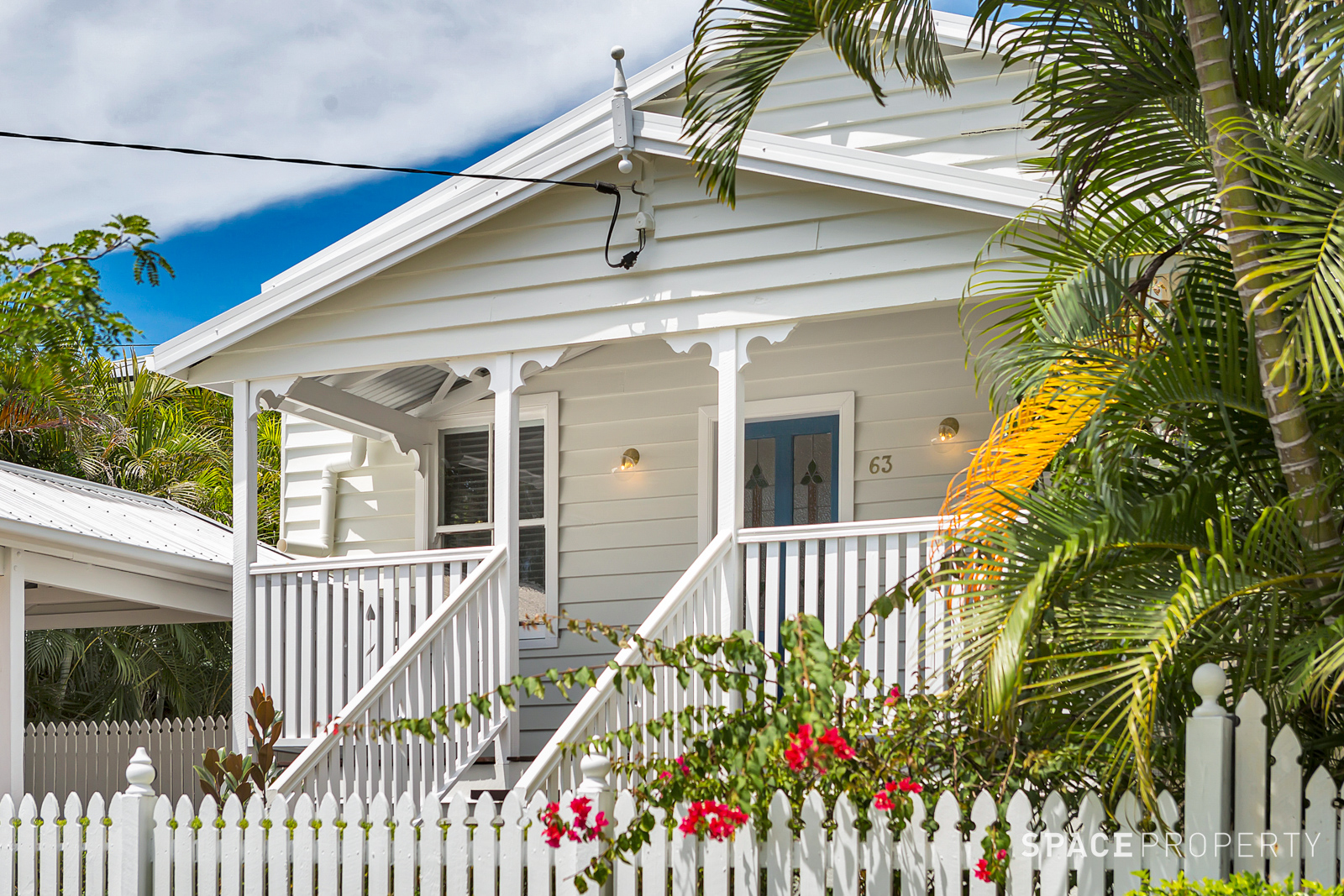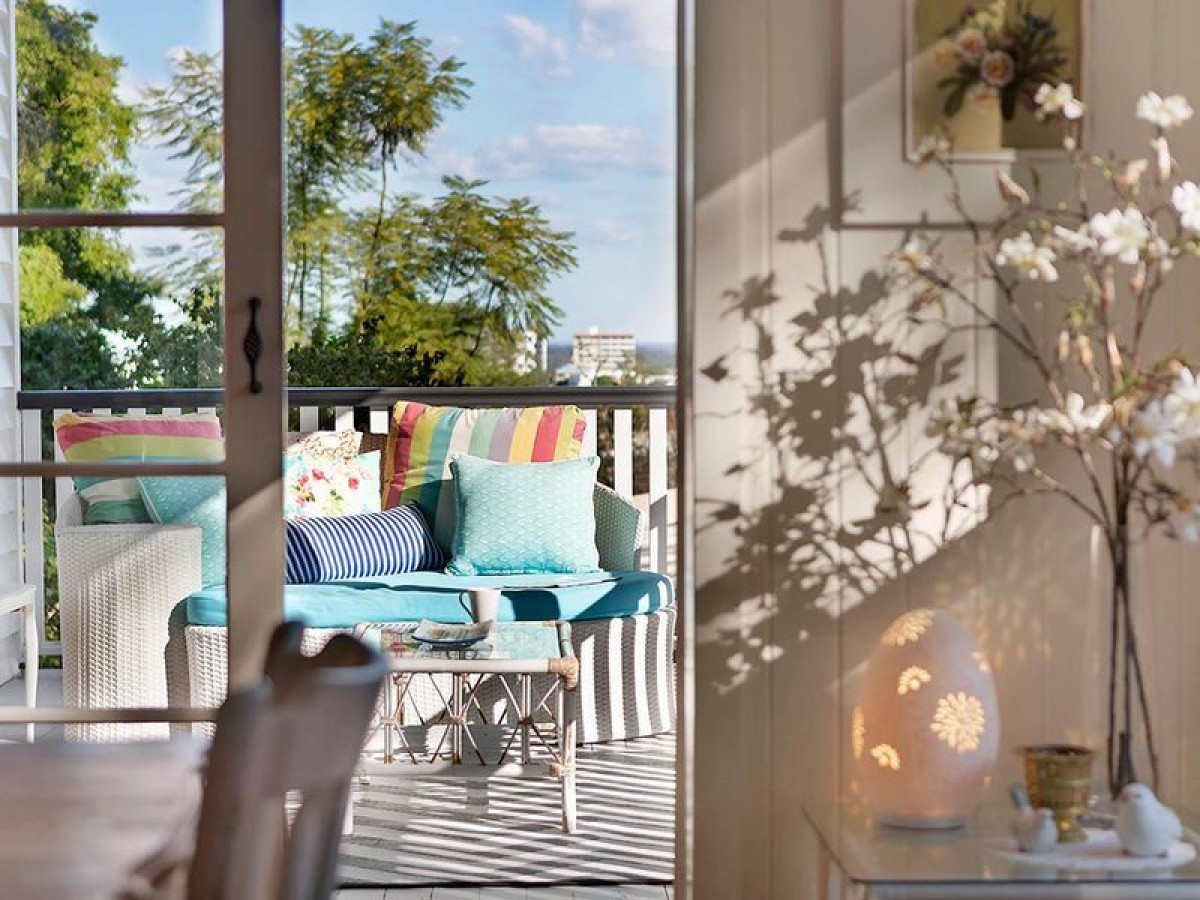House Growth Price Stalls
Australia’s house price growth has moderated as Sydney recorded a decline for the first time since September 2020.
Sydney’s house price growth rate slowed by 0.1 per cent in February, the first time in 17 months, according to Corelogic’s monthly national home value index.
National house prices rose by 0.6 per cent, down from January’s gain of 1.1 per cent. The peak of the cycle was 2.8 per cent in March 2021.
Corelogic director of research Tim Lawless said the pace of growth had trended downwards since April.
“Sydney and Melbourne have shown the sharpest slowdown, while Melbourne housing values (0.0 per cent) were unchanged over the month, following similar results in December (-0.1 per cent) and January (+0.2 per cent),” he said.
Slower growth trends are emerging for all capital cities and broader state regions. Brisbane, Adelaide and Hobart all recorded a rise of more than 1 per cent in February with Brisbane and Adelaide also recording a 7.2 per cent and a 6.4 per cent rise over the three months leading up to February, respectively.
Melbourne’s house prices only rose by 0.2 per cent over the same three months and Sydney’s by 0.8 per cent.
Lawless said higher-than-usual advertising stock—Melbourne up 5.5 per cent more than a year ago and Sydney up 6.3 per cent—was a major factor.
“The cities where housing values are rising more rapidly continue to show a clear lack of available properties to purchase,” he said.
“Total listings across Brisbane and Adelaide remain more than 20 per cent lower than a year ago and more than 40 per cent below the previous five-year average.”
AMP chief economist Shane Oliver said he expected Sydney and Melbourne house prices to peak soon.
“Sydney and Melbourne prices look likely to peak by mid-year if they haven’t already, but laggard cities like Brisbane and Adelaide, and possibly Perth and Darwin, which are less constrained by poor affordability, are likely to be relatively stronger this year with gains likely to persist into the second half,” Oliver said.
House price growth: February
| Month | Quarter | Annual | Total Return | Median Value | |
| Sydney | -0.1% | 0.8% | 22.4% | 25.0% | $1,116,219 |
| Melbourne | 0.0% | 0.2% | 12.5% | 15.4% | $799,756 |
| Brisbane | 1.8% | 7.2% | 29.7% | 34.2% | $722,453 |
| Adelaide | 1.5% | 6.4% | 25.8% | 30.3% | $593,883 |
| Perth | 0.3% | 1.3% | 8.6% | 13.3% | $535,335 |
| Hobart | 1.2% | 3.5% | 26.0% | 31.1% | $724,366 |
| Darwin | 0.4% | 1.5% | 12.3% | 19.4% | $495,573 |
| Canberra | 0.4% | 3.1% | 23.8% | 28.2% | $909,379 |
| capitals | 0.3% | 1.8% | 19.2% | 22.2% | $808,792 |
| Combined regions | 1.6% | 5.7% | 25.5% | 30.5% | $564,496 |
| National | 0.6% | 2.7% | 20.6% | 23.9% | $728,034 |
^ Source: Corelogic Housing Value Index Report, February 2022
Nationally, annual house price growth was 20.6 per cent higher during the past 12 months, down from 22.4 per cent last month.
Oliver said house prices were expected to decline further in 2023.
“After 22 per cent growth in national average home prices last year, we continue to expect home price growth this year of 3 per cent and expect a 5 to 10 per cent decline in average prices in 2023,” Oliver said.
“Top to bottom, the fall in prices from later this year into 2024 is likely to be around -10 to -15 per cent, which would take average prices back to the levels of around May last year.”
The regions are continuing to outstrip the capital cities with all the rest-of-the-state regions’ house prices increasing three times faster than house prices in all the capitals, up between 5.7 per cent to 1.8 per cent during the past three months. Rents rose in February by 0.9 per cent, and 2.4 per cent over the past three months, with Sydney and Melbourne recording the highest growth.

▲ Adelaide prices are predicted to continue to rise during 2022.
Lawless said worsening rent affordability was at the heart of the rises.
“Anecdotally, demand for unit rentals in these cities has been bolstered by a combination of worsening rental affordability deflecting more demand towards the higher density sector, where rents tend to be lower, and demand starting to return from overseas arrivals,” Lawless said.
Since the pandemic began in March 2020, house prices have risen by an average of $144,000 or 24.6 per cent, despite low income growth.
Fixed term mortgage rates are now rising which may push prices down further, Oliver said.
“The property slowdown is occurring earlier relative to the timing of RBA rate hikes this cycle because of the bigger role ultra-low fixed rate mortgage lending played this time around in driving the boom,” Oliver said.
“Normally fixed rate lending was around 15 per cent of new home lending but over the last 18 months or so it was around 40 per cent to 50 per cent as borrowers took advantage of sub-2 per cent fixed mortgage rates.
“But fixed rates have now been rising since the June quarter last year which has been taking the edge off new home buyer demand.”
Housing sentiment is also expected to decrease as affordability decreases. Between March 2020 and December 2021, wages grew by 3.3 per cent, compared to the 22.6 per cent increase in house prices.
The opening of borders may bring some change with an initial increase in the demand for rental properties likely.
House and rent prices could also grow as demand and supply become more balanced. As economic conditions and wages improve, so should affordability, allowing house prices to increase further.
The views expressed in this article are an opinion only and readers should rely on their independent advice in relation to such matters.
*This post was originally published on https://www.theurbandeveloper.com/articles/house-prices-growth-corelogic-february?utm_source=TUD+-+Daily+Briefing&utm_campaign=2a9374a534-EMAIL_CAMPAIGN_2021_08_11_01_49_COPY_01&utm_medium=email&utm_term=0_982c36d415-2a9374a534-195663826




